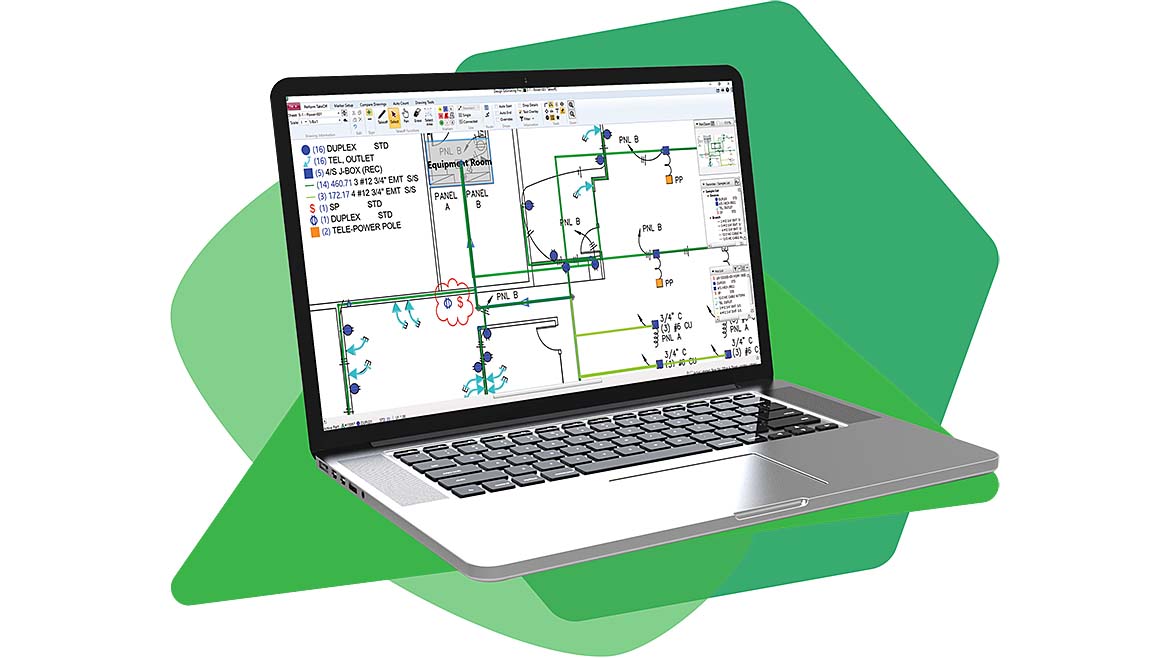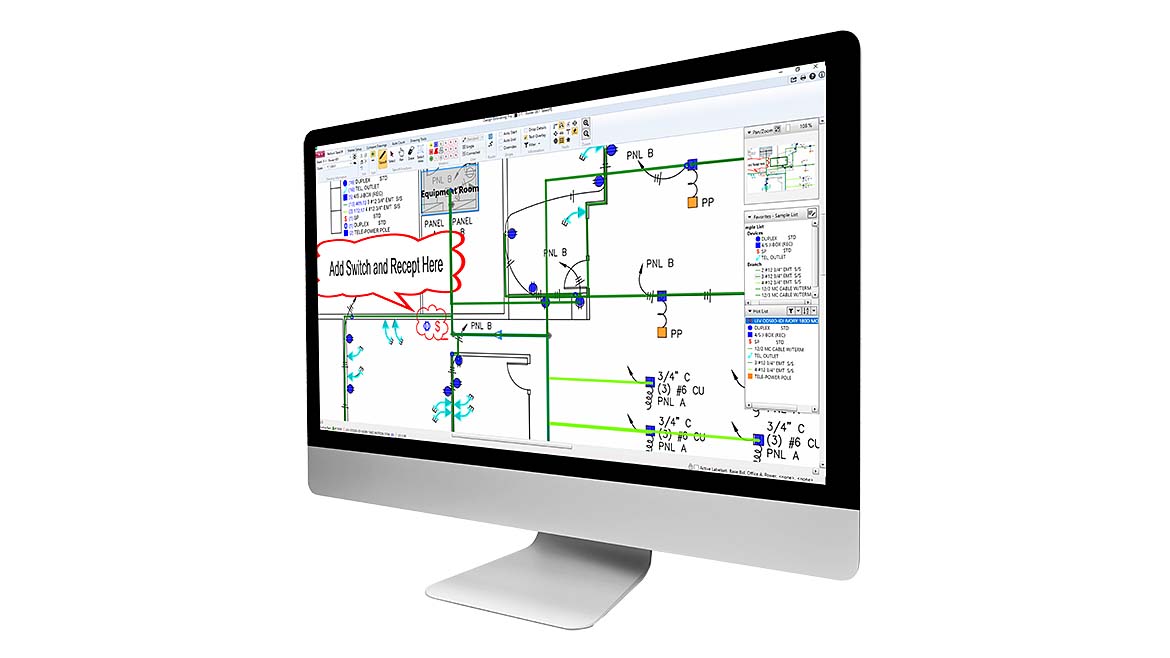For years, construction has been ramping up the use of technology but it has traditionally been approached fearfully, for no other reason than to protect the industry from perceived job and profit losses. During a recent episode of the Mobile Workforce Podcast, guest Matt DiBara of DiBara Masonry shared his experience successfully integrating technology into his pre-construction processes.
Today, construction desperately needs to enact—and consequentially is enacting—the technology we once feared to keep up with client demand and the next generation of contractor’s expectations. Virtual estimates represent a significant shift from traditional methods, primarily driven by the need to enhance efficiency, reduce costs, and meet the evolving expectations of modern clients.
The Shift Towards Virtual Estimates
The construction industry, known for its reliance on physical labor and tangible materials, has not been quick to adopt digital changes. However, as technology has advanced, the sector has begun to recognize the benefits of incorporating tech solutions, such as virtual estimating. Virtual estimates allow contractors to provide clients with project quotes without needing on-site visits, leveraging digital tools and software to assess the project scope and costs remotely.
Matt DiBara, illustrates the shift toward virtual estimates as a response to the dual challenges of maintaining a traditional business's integrity while embracing technological advancements. DiBara notes, "It's not what you know, it's what you know that just ain't so." This reflection underscores the necessity of challenging how things are done and adopting new methods to meet today’s demands to remain competitive and relevant in the modern market.

The Advantages of Virtual Estimates
Virtual estimating offers several advantages over traditional methods. Firstly, it significantly reduces the time and resources spent on site visits, allowing businesses to handle more inquiries and quotes within the same timeframe. It also minimizes the interruption to the client's daily life and speeds up the decision-making process since estimates can be provided faster and with greater accuracy.
Moreover, virtual estimates cater to the increasing consumer demand for quick, seamless, and transparent services. In today's digital age, clients appreciate the convenience of online interactions and faster turnaround times. DiBara emphasizes the client's perspective, stating, "People just want to know what things cost," highlighting the importance of meeting client expectations for efficient and straightforward transactions.
Implementing Virtual Estimates in Construction Businesses
The transition to virtual estimating requires construction businesses to adopt new technologies and train their staff accordingly. This can include the use of aerial imagery, measurement software, and project management platforms that allow for the accurate assessment of a project's scope and potential challenges without physical site visits.
However, the shift is not merely about adopting new tools but also about changing the company culture to embrace technology as a core aspect of the business. Like most things in construction, it’s not what you do, it’s how you do it. DiBara shares his approach to overcoming resistance within his team by promoting understanding and buy-in: "Finding somebody who's your tech ambassador... that allows us to do this so easily." This strategy involves identifying and empowering individuals within the organization who can champion the use of technology and help others see its benefits.
The benefit of empowering your people during a change is more powerful than first imagined. In fact, putting your biggest critic in charge of your virtual estimating implementation and giving them room to develop it to their satisfaction increases the effectiveness of the new technology as well as all but guarantees a smooth implementation process among your team.

Challenges and Considerations
Wanting to get more perspective I reached out to Adam Oaks, to get his experience as the president of Estimating Edge, of the leaders in digital estimation software for over 40 years. He explained that while the advantages of virtual estimates are clear, there are challenges to consider. Accuracy is paramount, as estimates based on digital data must be as reliable as those derived from physical inspections. Expanding on the need for compliance and accuracy Adam shared, “Ensuring the technology you use is in compliance with code ensures that errors that would be caught in person, are caught in the office.” Additionally, it’s important to know when to go virtual and when not to. Not all projects are suitable for virtual estimates; complex or highly customized projects might still require a traditional approach.
Privacy and security are also significant concerns, as virtual estimating processes often involve the collection and analysis of detailed client information. Businesses must ensure that their technology solutions are secure and compliant with data protection regulations. Take the time and the effort to ensure your company is secure, your business can come to a grinding halt if you fail to protect your data.
Conclusion
The integration of virtual estimates into the construction industry represents a crucial evolution in response to technological advancements and changing client expectations. As Matt DiBara and Adam Oak’s experience demonstrates, while the transition may involve challenges, the potential benefits in terms of efficiency, cost reduction, and customer satisfaction are undeniable. As the industry continues to evolve, embracing virtual estimates can be a significant step forward for construction businesses looking to thrive in the digital age.







